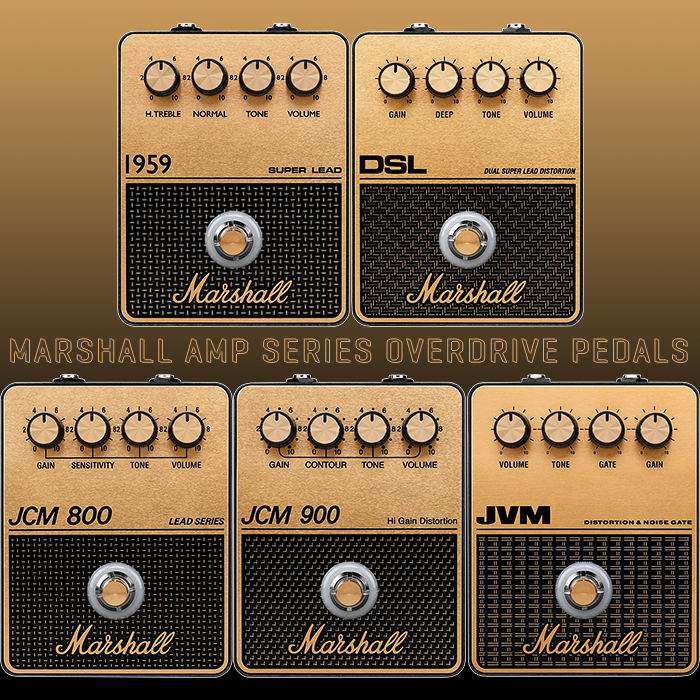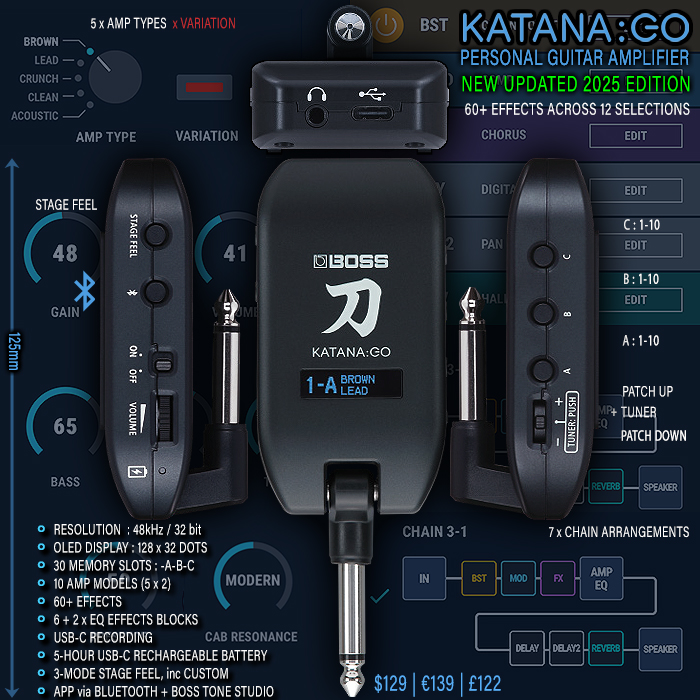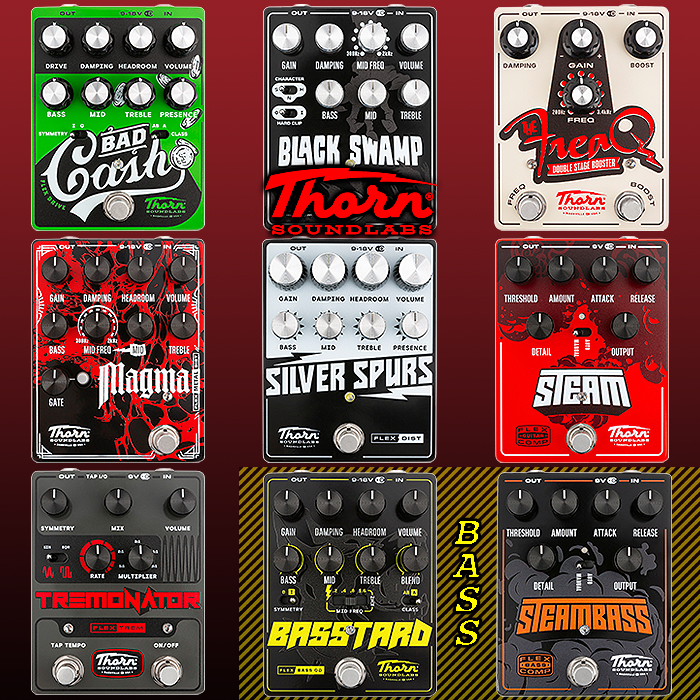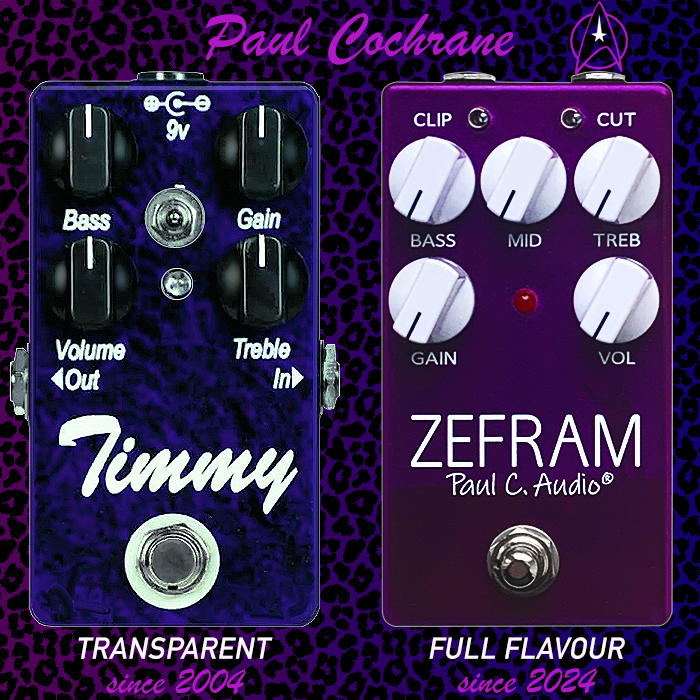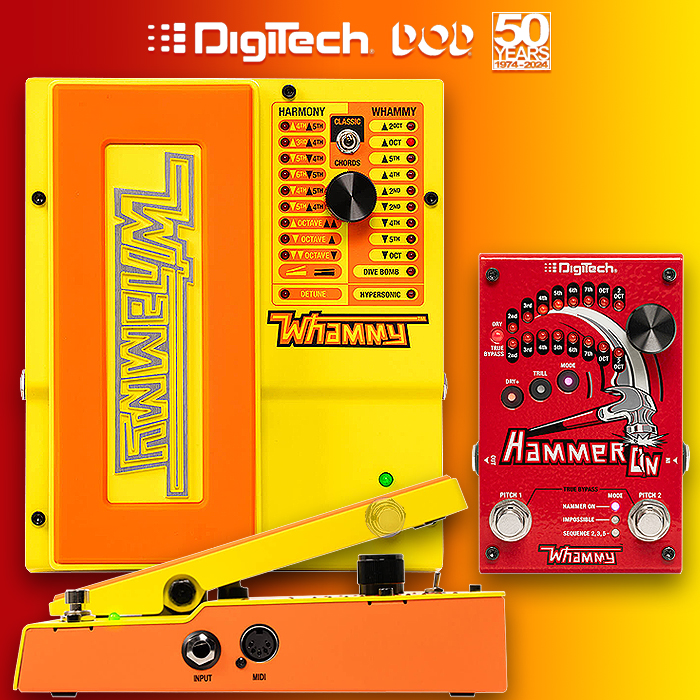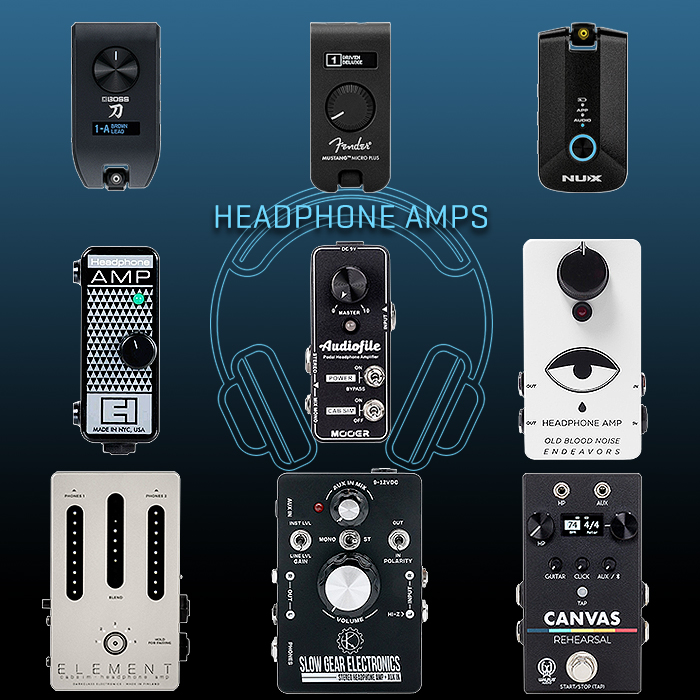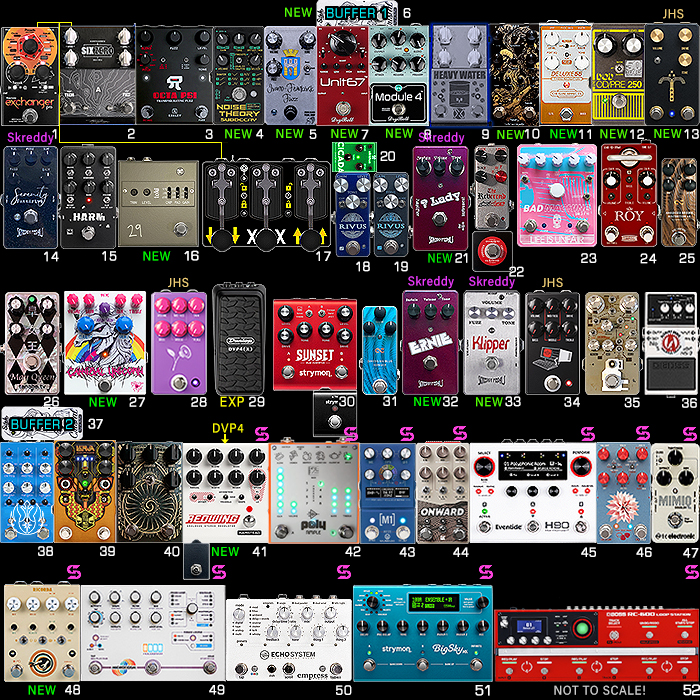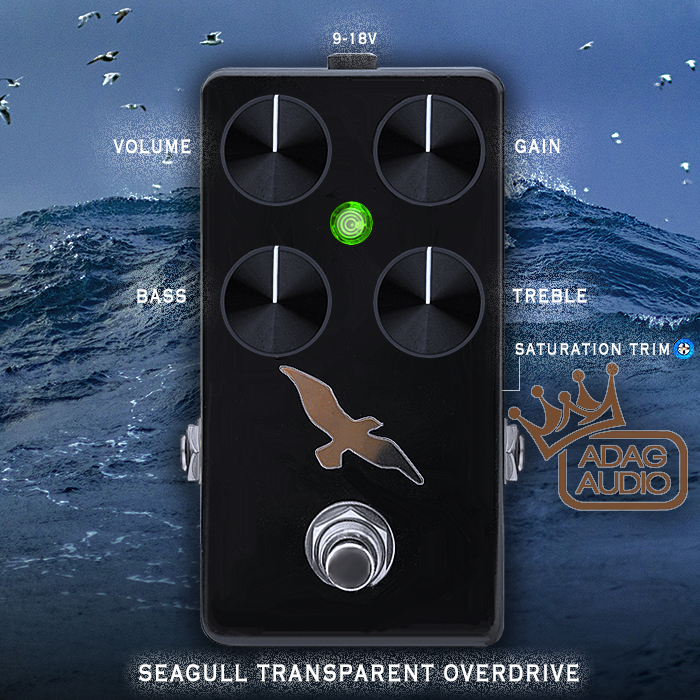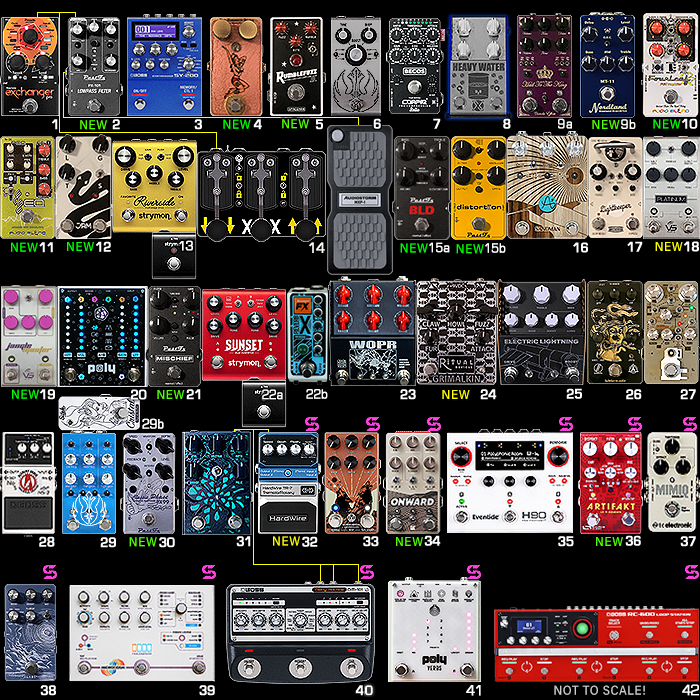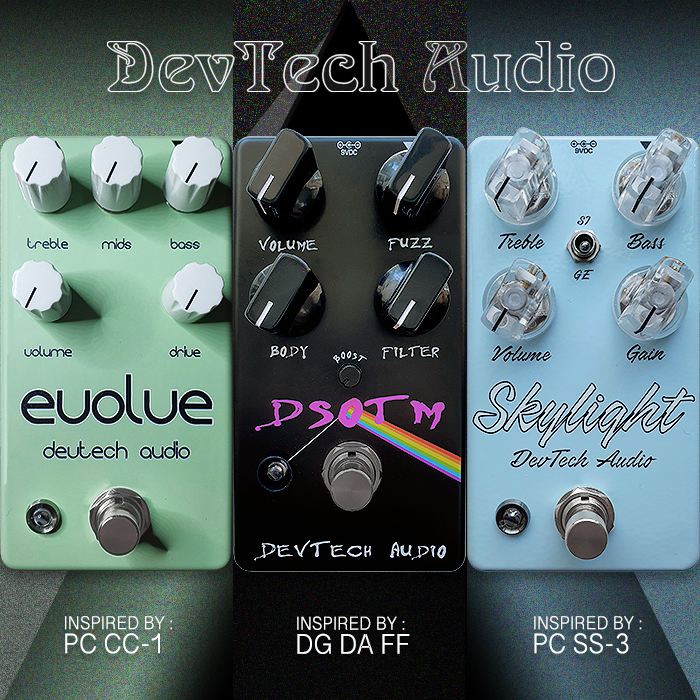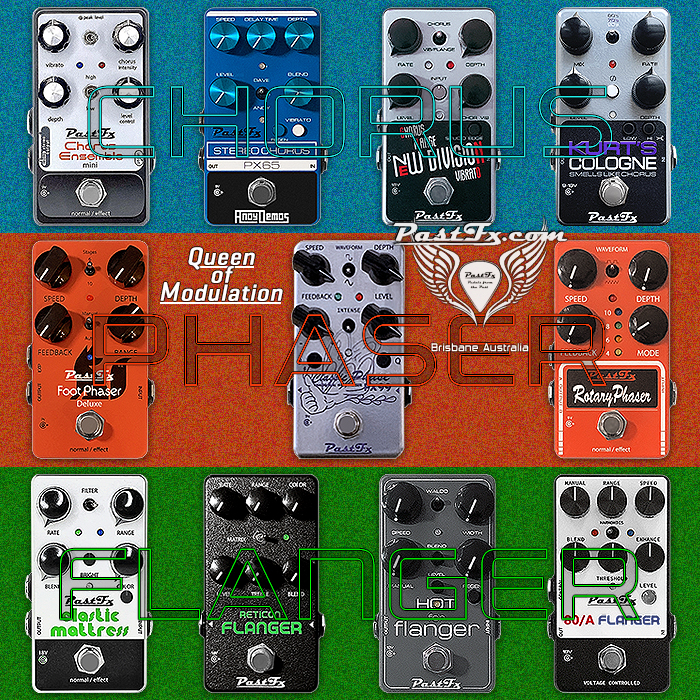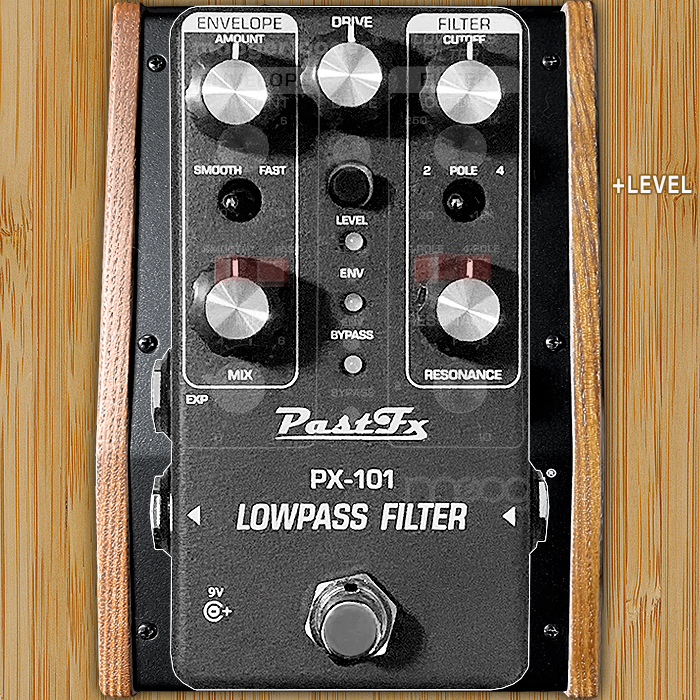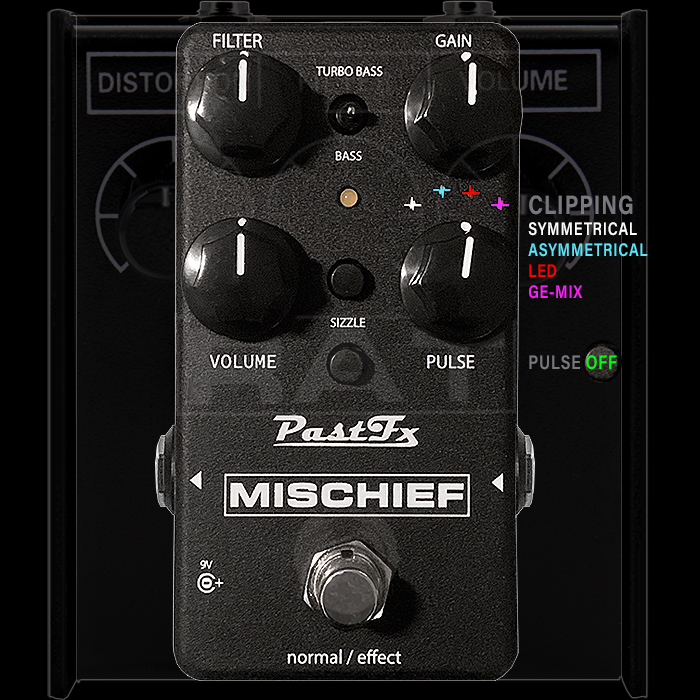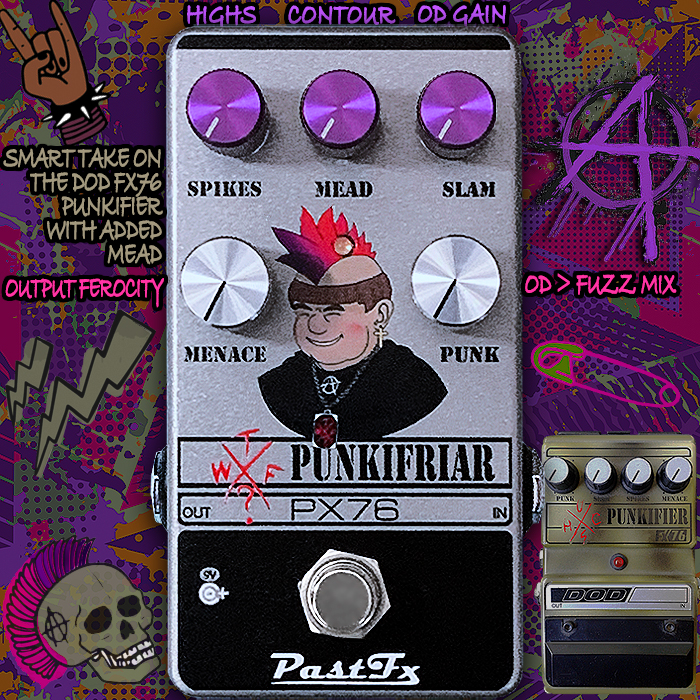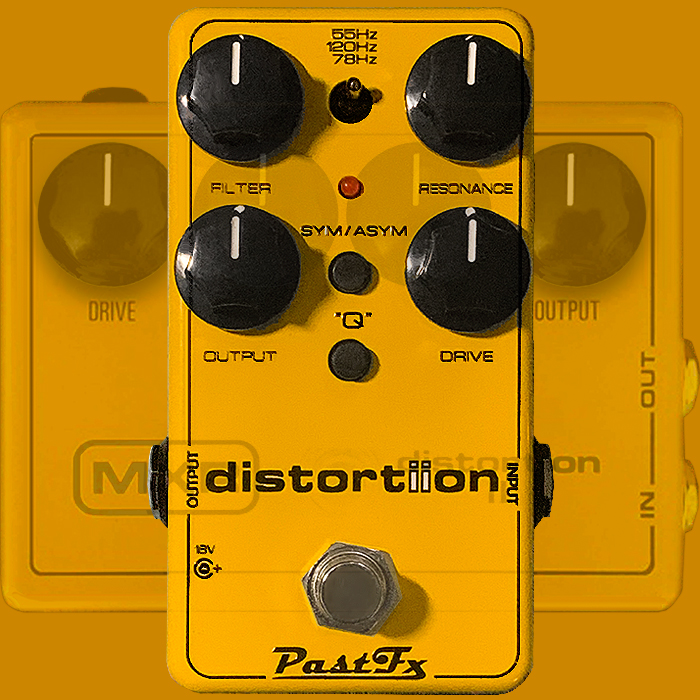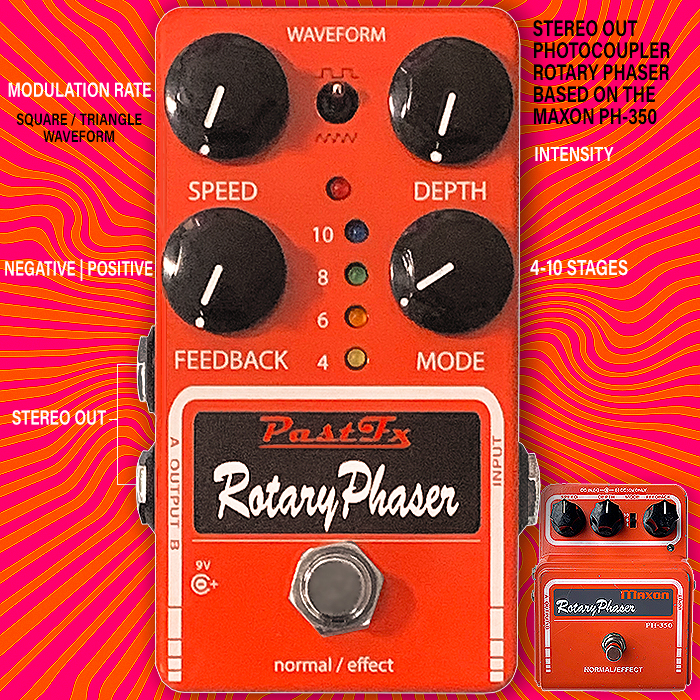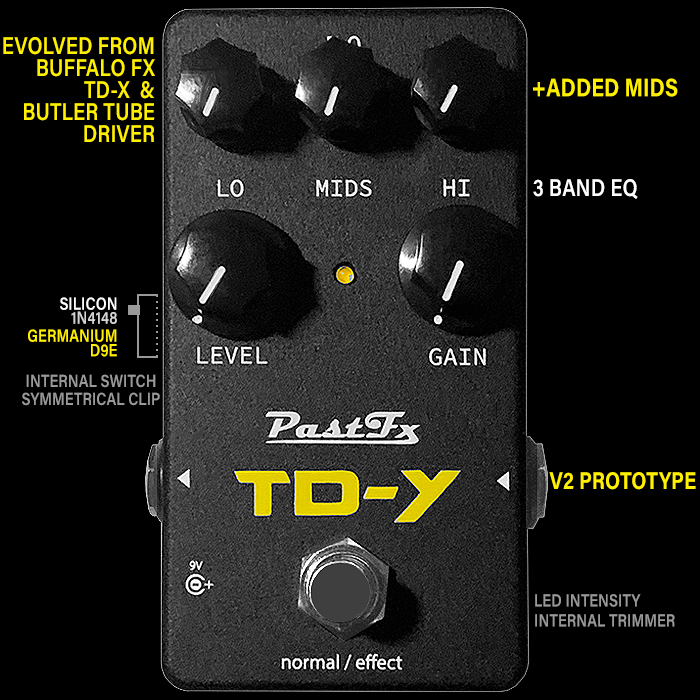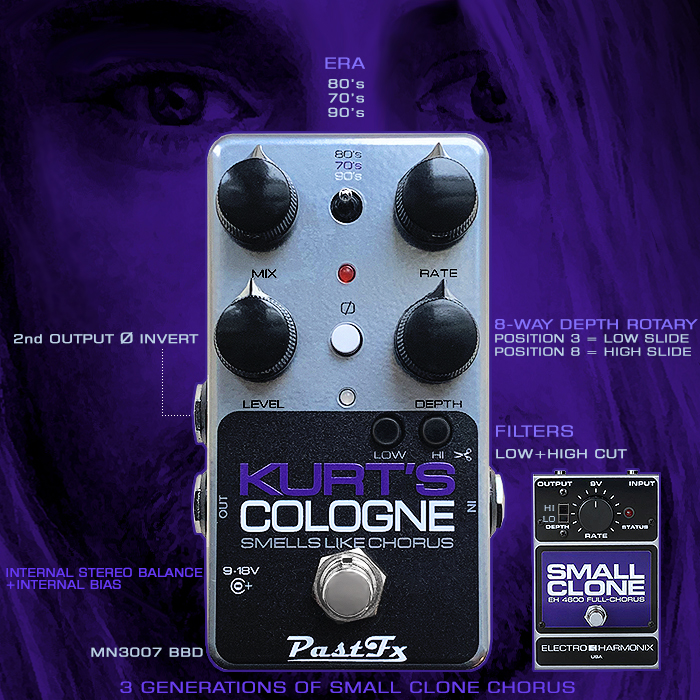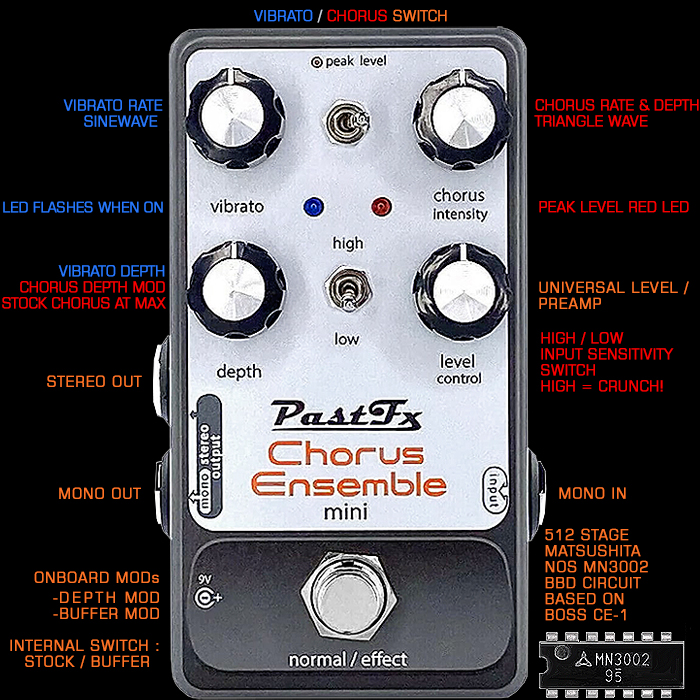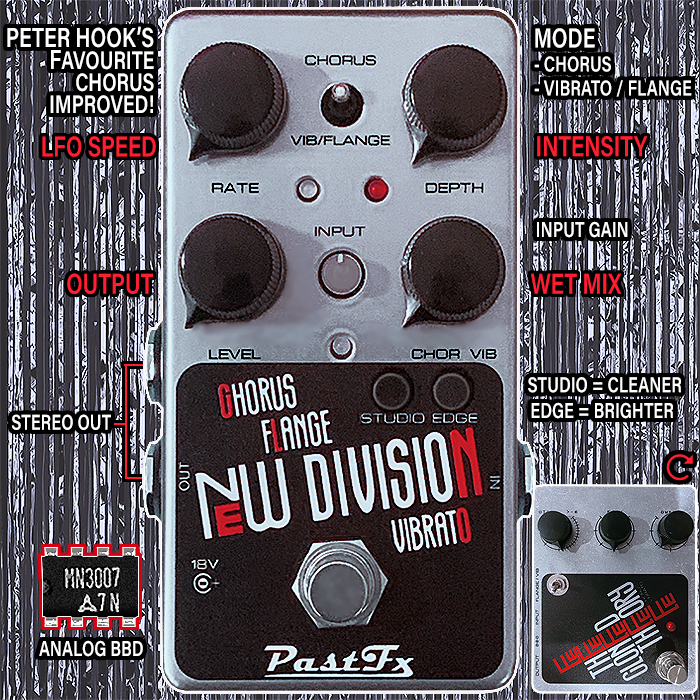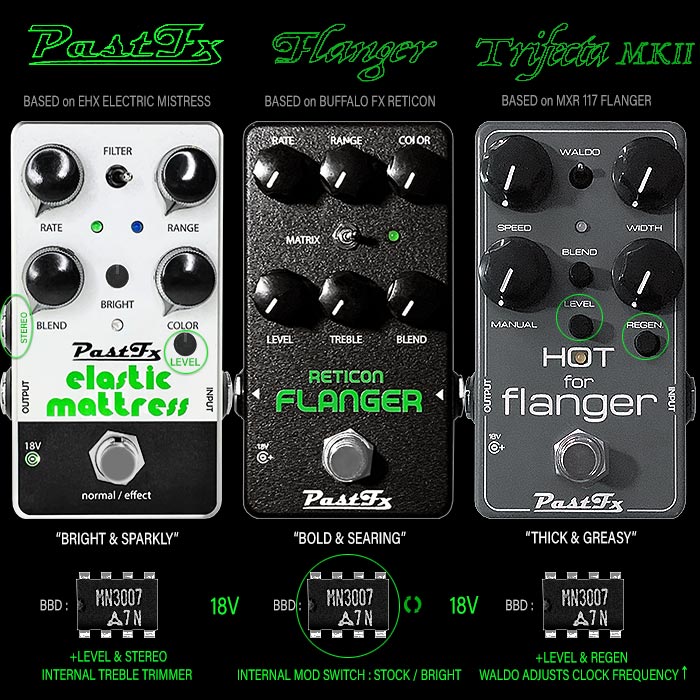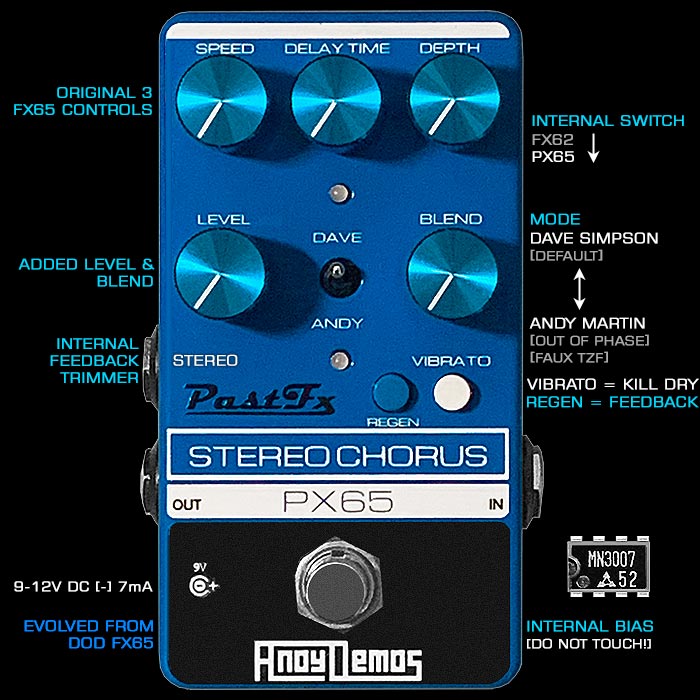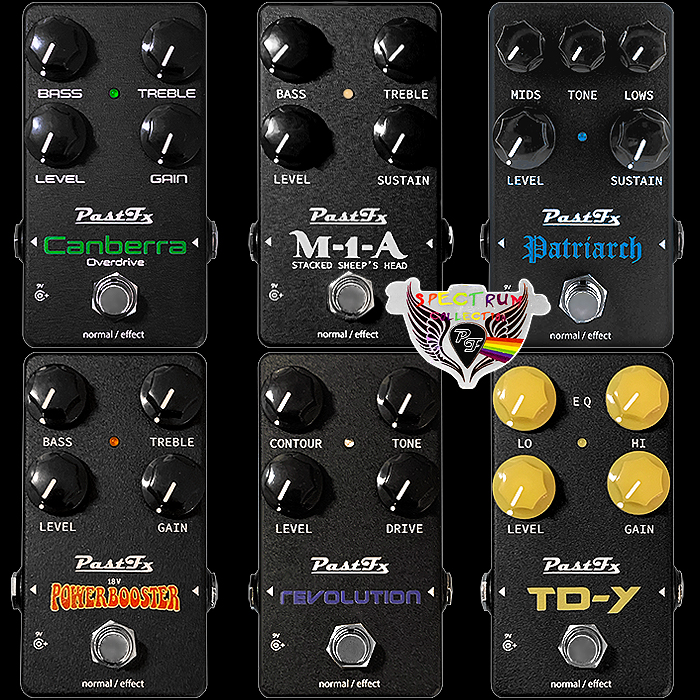PastFX revives and shrinks down David Gilmour's Booster, Line Driver and Distortion Secret Weapon - with its smartly appointed compact BLD pedal
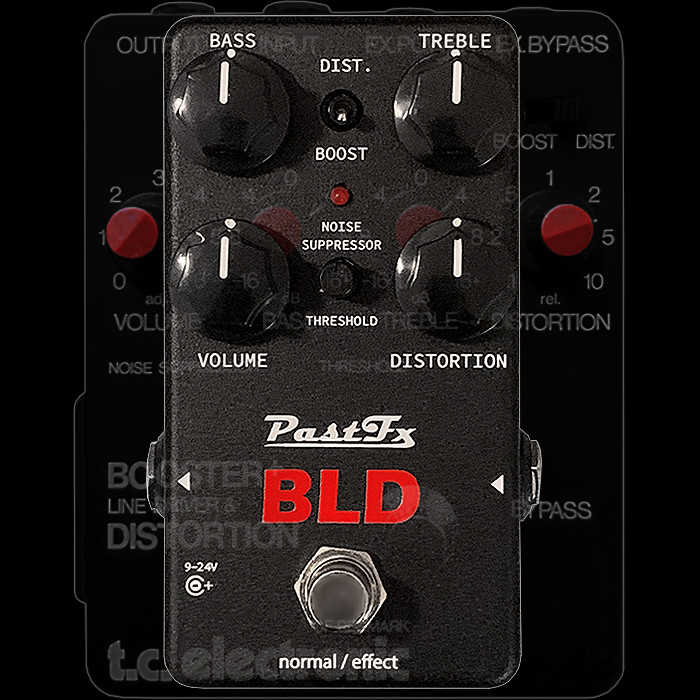
First used on the Pink Floyd Momentary Lapse of Reason / Delicate Sound of Thunder Tour (1987-90) - the TCE Booster / Line Driver / Distortion was used by David Gilmour to boost into the front of his EHX Ram’s Head Muff / Pete Cornish P-1 Muff (cv PastFX M-1-A) - where the Butler Tube Driver typically came after and was used more to further EQ the Muff as such - or so I am led to believe by those category experts.
So David essentially boosted his Big Muff to beef it up a touch - much like Billy Corgan used the MXR Distortion II to beef up his OpAmp Big Muff for those Siamese Dream lead tones. I find the big difference between the two is in the versatility and standalone ability of those two pedals - where the Distortion II mostly excels as an auxilliary / stacking effect - while the better balanced Booster Line Driver Distortion / BLD - can be deployed easily and elegantly both as a Booster, and as a standalone Distortion.
The BLD plays a lot nicer within my rig than the heavily low-end accentuated ’distortiion’. Note that both those pedals take higher voltage inputs - where I run both at 18V, and where the BLD, like it’s source pedal - can take 9V-24V - but there are few and far between pedal platform power supplies that deliver 24 Volts straight! So I would assume most would be running this at 18V!
Both Gilmour and Corgan are ’Tone Stackers’ as I call them - and they’re always using serial effects pedals in different combinations - frequently swapping new options and alternatives in and out of the signal chain - including even the Boss MT-2 Metal Zone for a spate! And both artists like a certain amount of dynamics and movement to their core tones.
The PastFX distortiion / MXR Distortion II is a lot more of an acquired taste - where the BLD is more of an all-rounder. While I’m a little surprised that Verlie did not add any new features to her pedal - like she normally does for her vintage pedal takes. I would have thought it would be really cool to have 3-Band EQ for instance - just adding in a Mids Band - like Verlie has done for a couple of her pedals. Otherwise the BLD is mostly just an exact distillation of the original with mostly the same parts values but in a more pedalboard friendly compact format!
I’m not saying that the straight up compact replica thing is a bad thing - the BLD is for sure a fantastic multi-tasker - it just doesn’t have the one or two extras you typically find on PastFX pedals!

Controls - Bass, Gain Structure : Distortion / Boost, Treble, Volume, Noise Suppressor Threshold, Distortion (Gain).
I've run the BLD in and out of all manner of gain pedals - and it really works a treat - as you get a really even and balanced output that works well for humbuckers, where the 'distortiion' leans rather more into single coils.
Everything is intact from the original source - including the Distortion / Boost switch, and the Noise Gate - which comes into good use for the distortion voicing. As a gain pedal I somewhat prefer PastFX's recently reviewed Mischief - but the BLD runs it very close, and is much stronger in its EQ and Boost applications.
A lot of artists have used the BLD on and off, none as celebrated as David Gilmour - while even for him it had a fairly minor starring role - compared to his Big Muffs, Tube Drivers, and Power Boosts. I feel there are a lot of parallels for the BLD / Booster Line Driver Distortion and the distortiion / MXR Distortion II - although that one is arguably more significant within Billy Corgan's repertoire! Other famous people who have used the TCE Booster Line Driver include Scott Ian from Anthrax, and Frederik Thorendal from Meshuggah.
I know it should never be a case of either or - as it's always horses for courses - and with any gain pedal - it's a mix of characteristics - including gain structure, harmonics and tone stack. From my perspective the BLD is the better balanced of the two (vs the 'distortiion') and the more versatile.
Both of these pedals are intriguing snapshots from history - where those band and genre fans are already familiar with them, while they don't have much of a mainstream profile. The MXR Distortion II was only around for 5 years - 1979-1984, and while I can't find exact dates for the TC Electronic Booster Line Driver Distortion - it seems to have spanned circa 1980 through to early 90's. I feel David Gilmour was the first really well known user - and then quite a few Metal bands / players followed in his wake!
The pedal definitely has a fairly sizeable legacy, while there are other 'Boost' pedals which became a lot more commonplace! For many the Booster Line Driver just worked perfectly with their rigs and they then stayed with the format. The great experimental pioneers - like Gilmour and Corgan kept evolving their setups - so that said pedal was just one of many different flavours deployed over the years.
I really like the BLD then - it's super versatile, well-balanced, and easy to dial in!
My preferred settings for the Distortion voicing are - Bass and Treble @ 2 o'c, Volume and Distortion @ 3 o'c, Mode : Distortion, Gate @ Noon-ish.
The BLD goes for $203 on the Reverb.com PastFX Store for most of the world, while for those is Oceania and Asia Pacific you can get it for $229 AUD from the PastFX Webstore. Highly recommended!

Demos







